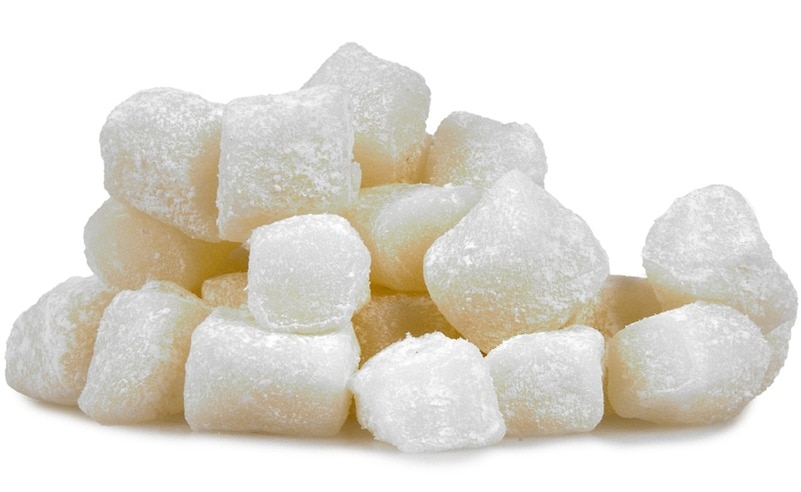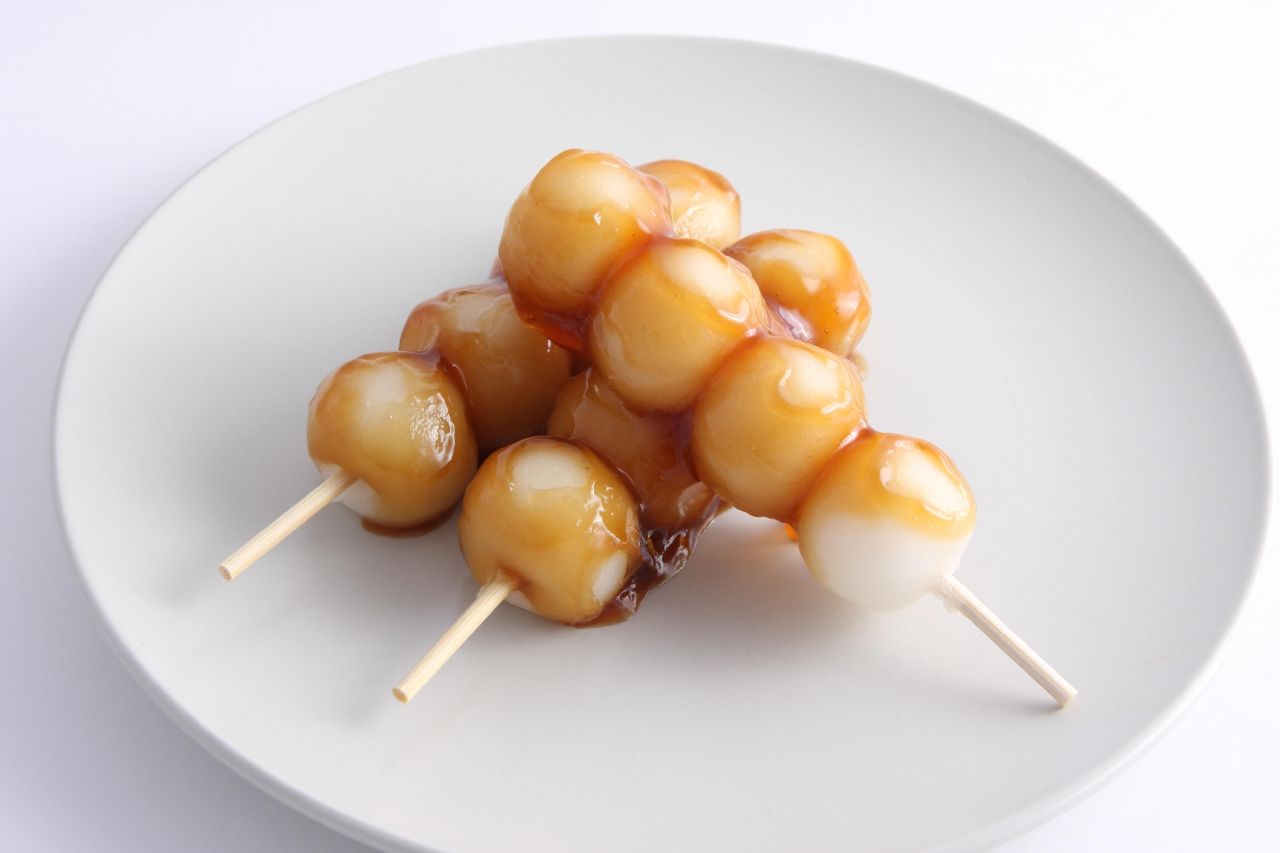Itadakimasu!
Mochi vs Dango vs Daifuku
Continuing with the idea of desserts, I bring to you today a topic that confused the absolute goodness out of me while I was in Japan: mochi vs. dango vs. daifuku. For the longest time, I thought they were the same. I’d heard of mochi before arriving in Japan and made the uneducated assumption that everything that looked like mochi was mochi… it’s not. -.- It’s for this reason that I want to save all of you from making the same mistake I did and mixing up mochi and dango and daifuku because there is a difference!
To start, though, I should probably explain what mochi is since it’s the most important part of the three items. Mochi is a Japanese rice cake made from glutinous rice. It is ground, steamed, and pounded into a sticky ball. As a result, it’s very chewy and has no color (aka it’s white). Though, color can be added to it. Also, mochi is not naturally sweet, which is why dango and daifuku exist because these are mochi that have additives to make them into sweet snacks or desserts.
The most important difference between mochi and dango is that while mochi is made from rice, dango is made from rice flour(mochiko). Though, both are commonly white and lack a strong flavor of their own. The best way I found to determine dango from mochi is the appearance because dango is often served as 3-4 tiny round balls which are skewered on a stick. Often times, the dango will have a sauce poured over it as well or perhaps anko spread over the top. Outside of this, dango and mochi look very similar in appearance and are easy to mistake.
Daifuku, on the other hand, is rather easy to differentiate between dango and mochi. While it can come in a multitude of colors like the above desserts, it’s different in that it is filled. Daifuku is literally filled mochi. The most common filling is anko, but other fillings may appear. For example, while I was in Japan, I found lemon-filled daifuku. Super yummy! Some people even put fruit inside the mochi, such as strawberries.
I hope this was insightful and will help you differentiate mochi from dango from daifuku should you ever find yourself in Japan. And if you do, please try each of these! They’re all very amazing! The texture and taste may take some getting used to Westerners(especially if you’ve never had Turkish Delight or marzipan), but it’s worth the experience to try something so traditional! Let me know in the comments below if you’ve ever had mochi, dango, or daifuku and what your thoughts are!

Thank you for this explanation. I have been eating and enjoying daifuko for years but I have been calling it mochi so when I shop in Asian markets if I do not see the daifuko and I ask for it as mochi oft times I get a blank stare. Now, thanks to your article, I will no longer have that problem.
LikeLiked by 1 person
Thank you for this I didn’t know there were different kinds of Mochi. I feel a little more educated about it now. Mochi has def became popular all over social media, and social media along w/ asmr videos has made me want to try it so I did. I had a hard time trying to figure where to find some until I googled it and found that whole foods has a mochi bar. I now I know it acutally was mochi I ate thanks to you ;-D
LikeLiked by 1 person
At first I was going to say I’d never had mochi, dango, or daifuku, but I’ve been to Japan and some of those goodies looked very familiar. Thanks so much for following my blog – I will have a shout out to you in a post soon.
LikeLiked by 1 person
Hahaha! It can be a little confusing sometimes when you don’t quite know what the differences are and what they really look like so I totally understand.
And thank you so much for stopping by! 😀 I’m always to meet other bloggers.
LikeLiked by 1 person
Have you ever bought was is sold as Mochi in the US? I think I have, but after your explanation I think they were actually Daifuku.
LikeLiked by 1 person
See and all the labels say ‘mochi,’ but based off the way I heard it, it’s actually daifuku. It’s very strange… 😕
LikeLiked by 1 person
Maybe the makers assume it’s too complicated for the average American consumer and try to simplify?!
LikeLiked by 1 person
Bahahahaha! Probably. :p Foreigners always think Americans are too dumb. (Hence Harry Potter and the Sorcerer’s Stone. >.> )
LikeLiked by 1 person
Wow I didn’t know their was a difference. I’ve had daifuku before and I love it but my bf hates it and its because of the texture.
LikeLiked by 1 person
Hee hee! I know! It can be quite difficult for us non-Japanese people to understand the difference, which is why I thought I would share my knowledge. :p
And I understand. My family members aren’t big on mochi texture either. Oh well. More for me! 😀
LikeLiked by 1 person
Exactly 🙂
LikeLiked by 1 person
I was also not aware of the difference! Thanks for the great explanation 🙂 I would feel like such a dork if I ever mistook them hahaha
LikeLiked by 1 person
Haha! I mistook them ALL the time when I was in Japan and the Japanese had to keep correcting me. :p Good thing I’m not easily embarrassed and I learn things at the same time. I’m happy I was able to help and glad I gave it a good explanation!
LikeLike
I think I’ve tries some daifuku with various filling. Some of them were good, some not so much, but I could eat that again one day.
LikeLiked by 1 person
Yeah! It can be very hit and miss depending on the flavors and I know texture is big for some people. ^.^
Thanks for reading and commenting!
LikeLiked by 1 person